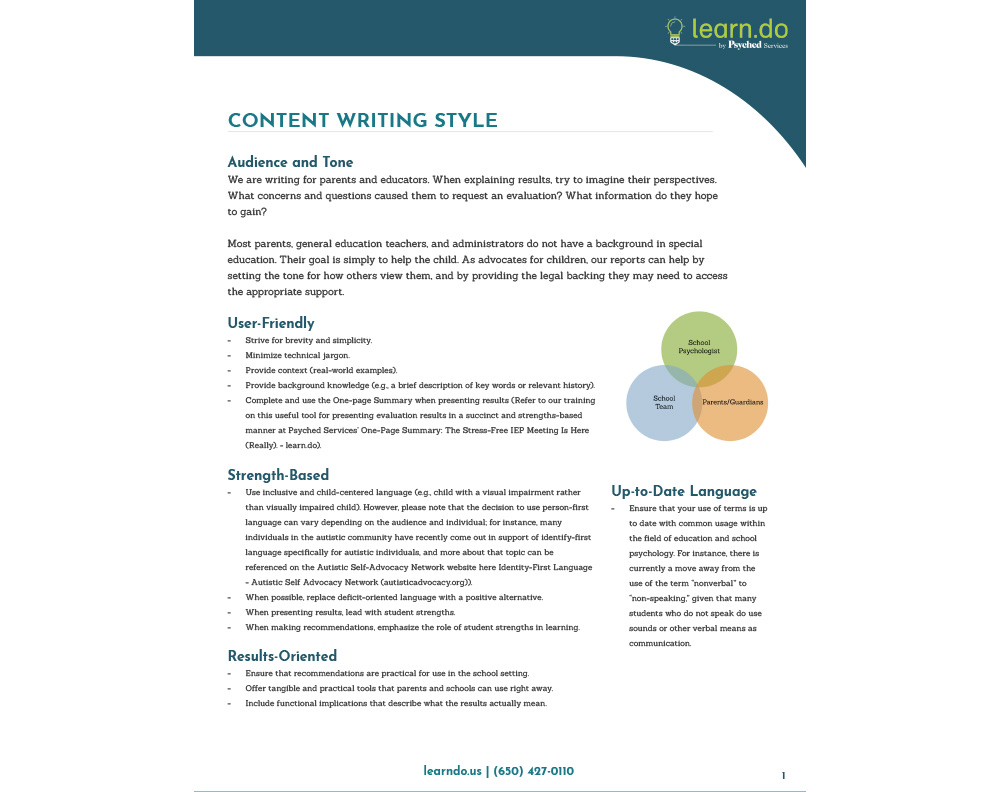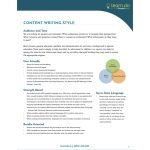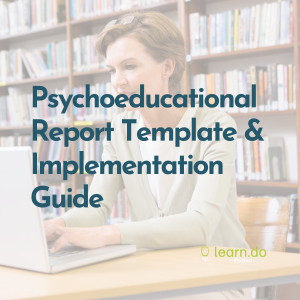Our Report Writing Style Guide is a comprehensive resource on writing style standards for school psychologists. This guide includes a detailed overview of commonly accepted best practices for writing style standards to utilize in psychoeducational report writing and proofreading in areas such as writing mechanics, capitalization, and punctuation. By increasing grammatical accuracy and adhering to best practices for writing standards, school psychologists maximize the impact of their reports on student success.
Tools and Resources
- Home
- Assessment
- Psyched Services Report Writing Style Guide
Psyched Services Report Writing Style Guide
$15.00
- Share:
Related products
-
504 vs IEP$10.00 Add to cart
504 vs IEP
How can the 504 vs IEP be used?Share as a reference with administrators, parents, and teachers to help them understand the differences between a 504 and…
504 vs IEP
How can the 504 vs IEP be used?
- Share as a reference with administrators, parents, and teachers to help them understand the differences between a 504 and IEP plan
- As a guide in initial IEP meetings or SST/MTSS meetings to help the team to identify which level of support is most beneficial for the student
-
Considering Reevaluations: California Guide$15.00 Add to cart
Considering Reevaluations: California Guide
How can Considering Reevaluations: California Guide be used?Considering waiving reassessment for a special education evaluation? This tool will help you determine what information you need…
Considering Reevaluations: California Guide
How can Considering Reevaluations: California Guide be used?
- Considering waiving reassessment for a special education evaluation? This tool will help you determine what information you need as it relates to California Ed Code
- Identify how to use educational data to help determine continued eligibility for special education without further testing
- Help IEP teams maximize their impact by identifying which students may not need standardized testing as part of their next reevaluation
- Utilize the sample summaries in reports, records reviews, or IEP documents
-
Psychoeducational Report Template and Implementation Guide$50.00 Add to cart
Psychoeducational Report Template and Implementation Guide
How can the template and guide be used?As a structured framework to streamline the report-writing process, ensuring reports are clear, comprehensive, and strengths-based
…Psychoeducational Report Template and Implementation Guide
How can the template and guide be used?
- As a structured framework to streamline the report-writing process, ensuring reports are clear, comprehensive, and strengths-based
- To increase efficiency while maintaining professional flexibility and individualized analysis
- To promote consistency across students and settings, supporting clear communication of assessment results, functional implications, and recommendations
- As a step-by-step resource to clarify what information should be included in each section and maintain a student-centered, strengths-based approach
- To help school psychologists efficiently translate assessment data into actionable insights while preserving professional judgment
- To increase clarity, consistency, and impact in psychoeducational reports
-
Comprehensive, Strengths-Based, User-Friendly Report Writing Bundle$35.00 Add to cart
Comprehensive, Strengths-Based, User-Friendly Report Writing Bundle
How can the Comprehensive, Strengths-Based, User-Friendly Report Writing Downloadable Bundle be used?To guide evaluation planning and ensure meaningful assessment in all relevant areas
…Comprehensive, Strengths-Based, User-Friendly Report Writing Bundle
How can the Comprehensive, Strengths-Based, User-Friendly Report Writing Downloadable Bundle be used?
- To guide evaluation planning and ensure meaningful assessment in all relevant areas
- To increase report writing and proofreading skills with regard to commonly accepted writing style standards, as well as foster consistency and improved readability in evaluation reports
- To facilitate evaluations and reports that are comprehensive, strengths-based, and user-friendly
- To increase competence, confidence, and efficiency within your work








Reviews
There are no reviews yet.